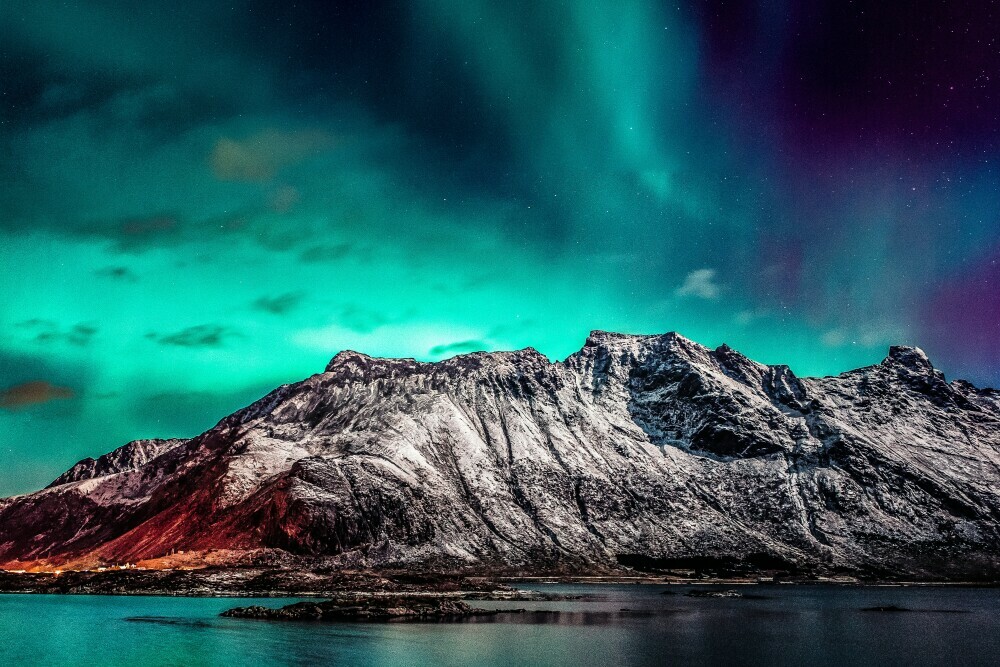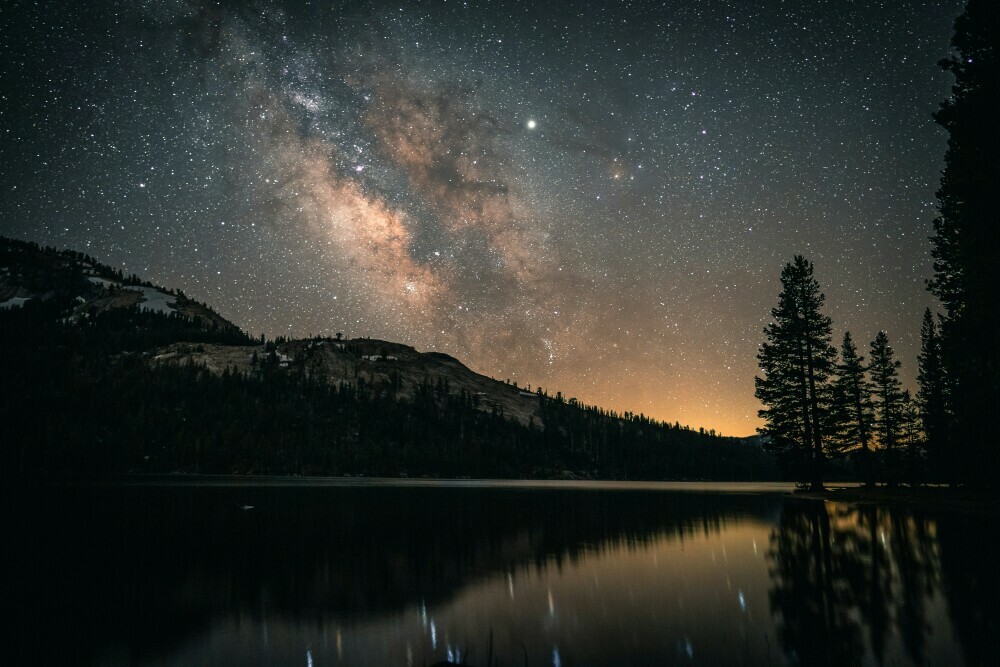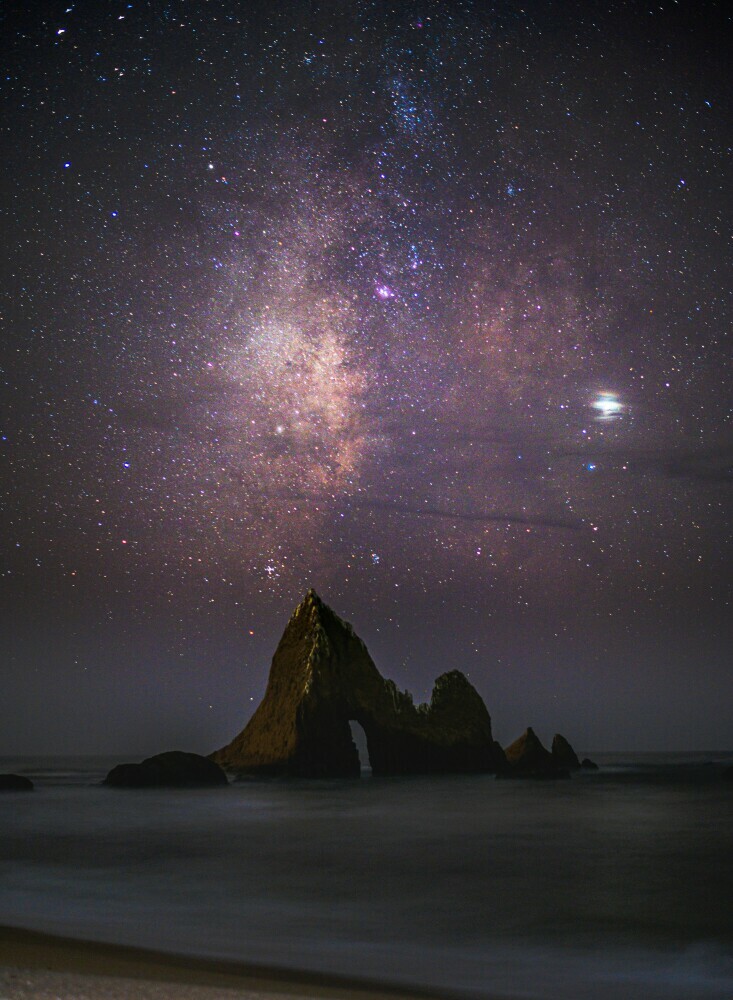 Daniel Seßler. (2021). Iceland [Photograph]. Unsplash
Daniel Seßler. (2021). Iceland [Photograph]. Unsplash
The Northern Lights, also known as the Aurora Borealis, are not just a natural wonder but a breathtaking spectacle that paints the sky in a mesmerizing array of colors. They ignite curiosity and wonder, inviting us to delve deeper into their magnetic origins. I aim to illuminate the magnetic forces orchestrating this unique celestial ballet.
Earth’s magnetic shield, the magnetosphere, is at the heart of these captivating displays. This section will serve as a compass, guiding you through the intricate dance of the Northern Lights, intricately woven with the threads of Earth’s magnetism.
While the aesthetics of the Northern Lights might be what captures your attention, their presence is tied to complex solar-magnetic interactions. I’ll explore these forces, revealing how they catalyze this awe-inspiring celestial event.
The Magnetosphere and Geomagnetic Forces
 Jussi Hellsten (2021) [Photograph]. Unsplash
Jussi Hellsten (2021) [Photograph]. Unsplash
The Earth is enveloped by an invisible shield known as the magnetosphere. This vast region surrounding our planet extends thousands of kilometers into space, acting as a protective barrier against the relentless stream of charged particles from the sun, collectively called solar wind. The interaction between this solar wind and the magnetosphere is pivotal for the Aurora Borealis. The magnetosphere, influenced by Earth’s magnetic field, redirects these solar particles toward the poles, setting the stage for an awe-inspiring show of lights.
But what’s at work here are powerful and unseen geomagnetic forces twisting and molding the solar wind as it collides with the atmosphere. The term ‘geomagnetic’ refers to the magnetism observed on Earth itself, a force that is not just vital for navigation but also central to the auroral phenomenon. In understanding Aurora Science, one must grasp how these geomagnetic disturbances, caused by the solar wind, can alter the behavior of the magnetosphere and, consequently, the magnitude and frequency of the Northern Lights.
The magnetosphere itself is a region dominated by Earth’s magnetic field. Think of it as Earth’s cosmic sentry, deflecting and modifying the solar wind. As these charged particles from the sun are funneled along the magnetic field lines towards the magnetic poles, they collide with atoms and molecules in our atmosphere. This collision lights the sky with the green, purple, and red hues characteristic of the Aurora Borealis. It’s a complex dance between the forces of our planet and the particles from the sun, with magnetism leading the waltz.
Solar Activity & Magnetospheric Interaction
 Casey Horner (2021) [Photograph]. Unsplash
Casey Horner (2021) [Photograph]. Unsplash
The dance of the Northern Lights across the sky is, in part, a beautiful consequence of collisions between solar wind particles and Earth’s atmosphere, a process deeply rooted in solar activity and magnetospheric interactions. The sun constantly emits a stream of charged particles, known as the solar wind, which travels across the solar system, including towards our planet.
When these charged particles from the sun reach Earth, they encounter the magnetosphere, the region around Earth dominated by its magnetic field. The Earth’s magnetosphere isn’t a static shield; it’s highly dynamic and responds actively to the influx of solar wind. This interaction is fundamental to the creation of the Northern Lights and is a core part of auroral science.
The intensity and frequency of auroras are directly tied to solar activity. During periods of high solar activity, such as solar flares, the sun ejects more charged particles than usual. When these increased numbers collide with the magnetosphere, they can cause powerful geomagnetic storms. These storms, in turn, enhance the aurora phenomenon, producing more vivid and expansive displays of the Northern Lights.
While the sun’s role in this process is crucial, the intricate dance between these solar particles and Earth’s magnetic field creates the magnificent light show we observe as the Northern Lights. This process exemplifies the fascinating interplay of forces: atmospheric physics and magnetospheric interaction.
Observing the Auroras: From Science to Celestial Spectacle
 Ian Rizzari (2019) Martins Beach, California, USA [Photograph]. Unsplash
Ian Rizzari (2019) Martins Beach, California, USA [Photograph]. Unsplash
Stepping out on a clear night, I gaze above, searching the sky for the Northern Lights. This stunning celestial spectacle isn’t just about the visuals; it’s the culmination of complex atmospheric physics. The magnetic field, solar wind, and geomagnetic storms combine to paint the skies with the Aurora Borealis.
Observing these lights is both an art and a science. Specific conditions must be met: a dark sky, heightened solar activity, and being closer to the poles increase the chances of a sighting. The magnetosphere’s undulating dance with solar particles is best viewed during certain months when the geomagnetic field is most disturbed.
Space weather forecasts, which consider solar activity and magnetospheric interactions, help predict when the Northern Lights will be most visible. Checking these forecasts is essential for enthusiasts and professionals who wish to witness this magnetic marvel.
Finally, the Northern Lights remind us of Earth’s place in the vastness of space and the unseen forces that shape our world. Watching the auroras is like observing the Earth’s protective shield in action—a shield powered by the magnetism that steers these beautiful displays. I am grateful for these moments where science meets splendor, offering a humbling and inspiring experience.
